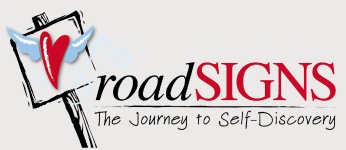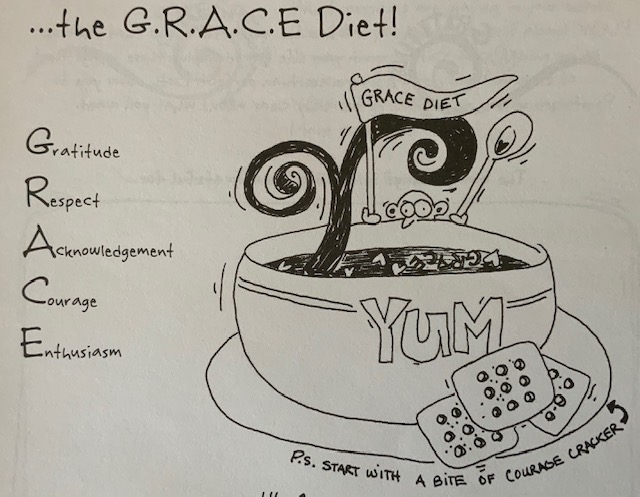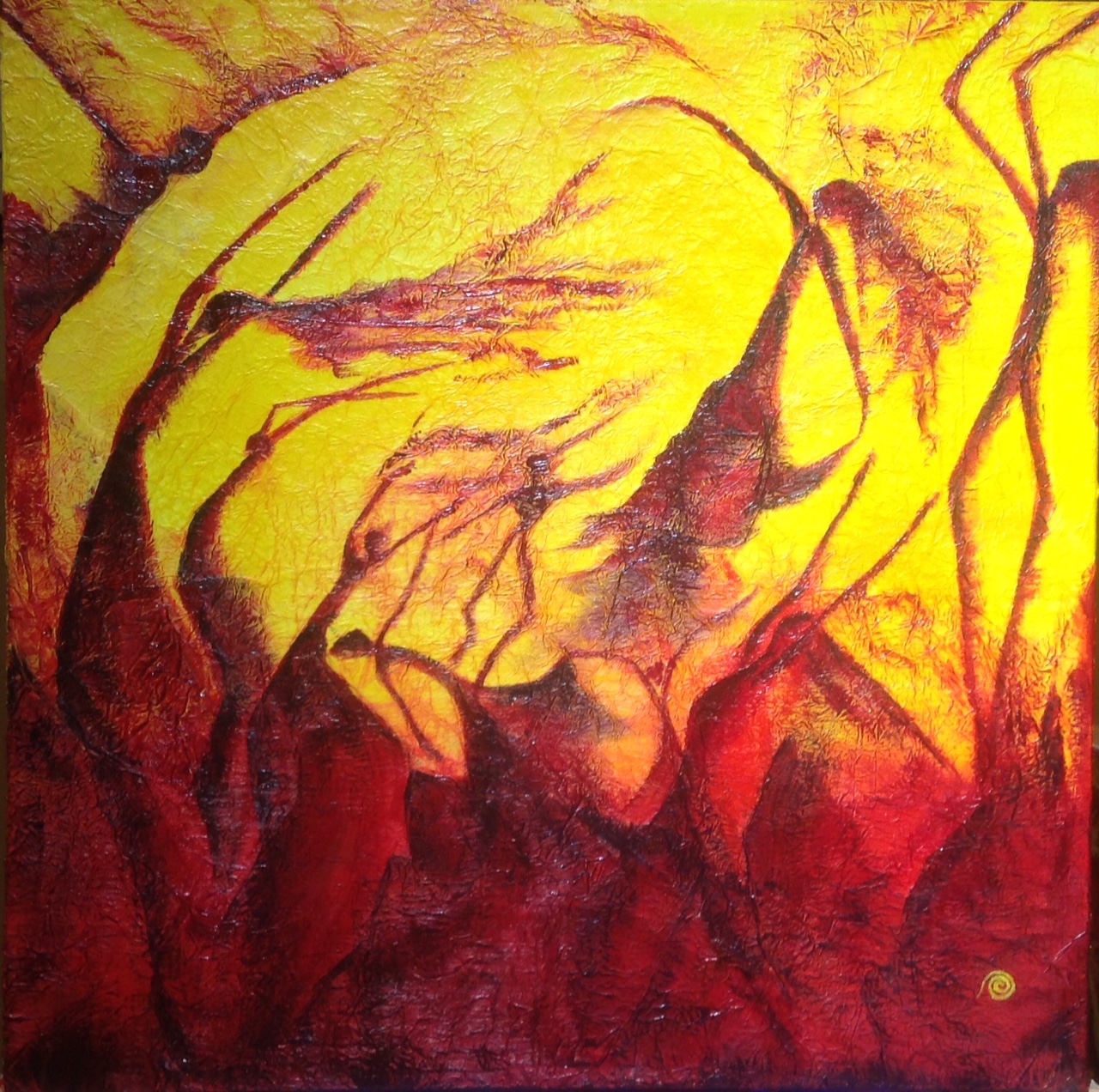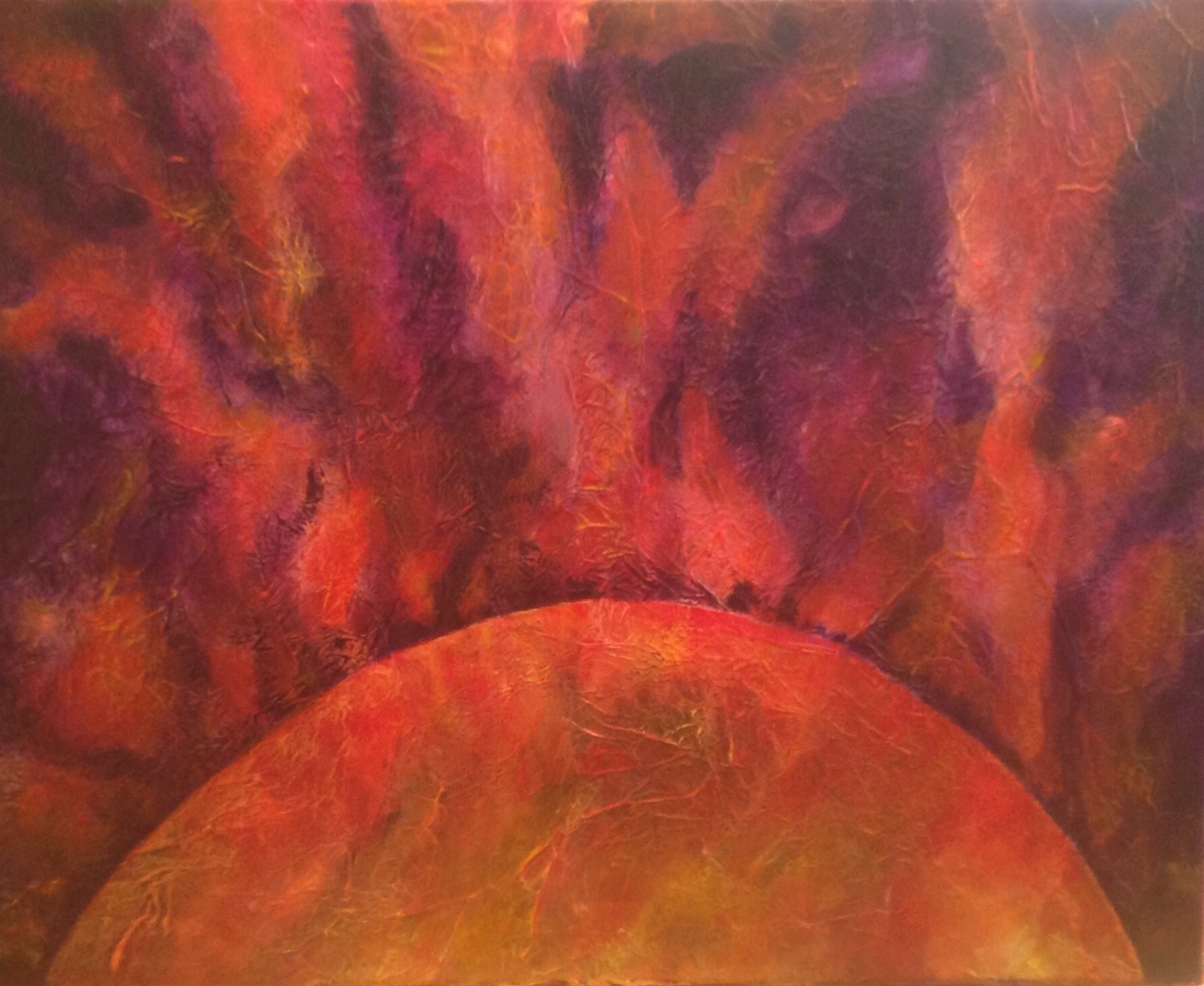As much as I might like to deny it, I admit that I am experiencing all the feelings being expressed by others, those of anger, frustration, impatience, even fear. The question, ‘when will this end?’ pervades my thoughts just as I am sure it does yours. It is impossible to avoid. I hear it from my family, friends, business colleagues and clients. And while I endeavor to be the calm eye of this storm, I admit that the sentiments of others rub off on me, never mind my own sense of upheaval. This is not the life I was expecting to experience in 2022. I am sure we all relate to this.
So now what? How do we handle all these feelings? How do we carve a pathway to peace, peace of mind, living a peaceful presence, being a role model for peace? Here are a few ideas I have been playing with in an effort to shift my energy to a healthier state of being.
Acceptance and Compassion:
I have a knack for becoming frustrated with my frustration. Does that sound crazy or what? The antithesis of this is to simply accept it. Why wouldn’t I feel this way with all the restrictions and limitations imposed on us due to COVID? I simply do. If I do accept this, I can also exercise my self-compassion and allow myself to feel what I feel, and in allowing this move through these feelings. What I have learned through the years is that what you resist, persists. What you accept, you understand and move through.
Admittedly no one loves to feel anger or frustration yet they a genuine expression of where we are at the moment. You don’t have to be better than that or above it all. I give you permission to exercise all the feelings you are experiencing right now. Then compassionately embrace yourself and know that you are normal, and that expressing yourself helps you move forward.
Release:
That said, anger is not a place to live in, that is exactly why it is important to allow it, express it, and release it. Peace cannot find its way in if there is no space. How:
1) speak or write about your feelings
2) as you consciously acknowledge your feelings, sit quietly with them and see them evaporating. I suggest placing one hand behind your back and the other hand over your heart as you do this – this is a position that triggers ‘release’
3) clarify your intentions: I want to feel peaceful. I AM peace. I AM walking a peaceful pathway. Make this your daily mantra
4) Notice what brings you peace: a conversation, an uplifting news story, a walk in the woods.
5) Practice holding peace in your heart
Know What You Can Control
I am not sure about you, but most of what frustrates and angers me are things I cannot control and have no responsibility for. Focusing on things outside my sphere of control can take up a great deal of real estate and energy.
Here is what you can take responsibility for: the words you speak to yourself and others, how you behave, the actions you take and the efforts you make, how you own your mistakes and what you learn from them, the ideas you generate and the consequences of your actions, your ability to forgive and move forward, and finally, an ability to apologize to those you may have harmed.
And now, here is what is out of your control: the actions and choices of others, the ideas and fears that others embody and express, the consequences of the actions of others and/or their mistakes, the belief systems others hold and the words they speak in support of these beliefs.
There is a part of us that thinks we can influence the beliefs and values of others, particularly in these times, yet too frequently discussions become confrontations. I am learning to preserve my energy on this one as I have already found myself into a number of heated discussions regarding COVID topics. It consumes a great deal of energy, energy which I am finding would be better directed at more uplifting ventures. In the end, all we can do and be is our best selves, in charge of what is within our control and responsibility.
Prayer
Prayer, meditation and reflection are part of what I refer to as radical self-care; a time to grow clear regarding your intentions, purpose and/or legacy; quality time alone and in relationship with others. Agapi Stassinopoulos, author of Speaking with Spirit, writes that as you pray you find the ‘ocean within you’. “Your mere willingness to go into a state of reverence allows you to unfold. You will then emerge into your fullness. There are eight billion people on earth and eight billion ways to pray.” He goes on to write that John Lennon’s prayer was ‘Imagine’, Beethoven’s ‘Ode to Joy’, Michelangelo’s the statue ‘David’, and so on. Finally, he asks, ‘what will your prayer be?’
Prayer for me is that safe space within me and around me where I can go for comfort, unconditional love, safety and answers. In every sense it is the way I communicate with the God, the higher power, that I know and understand. It is a place where I can unravel my fears, worries and frustrations, ‘let go and let GOD’, understand what I want and set my intentions.
Each of us has the ability to make this connection, each of us is worthy of it. Which means releasing the belief that your ability to pray and access God can be achieved only through a mediator, religion. Prayer allows you to be receptive to your own inner guidance, what you know for sure, to quiet your mind and simply listen. When you set aside logic and ego, you activate your guidance system and receive the support you are looking for. And this is an essential ingredient in weathering any storm.
Finale
Here we are. This is not intended as a recipe, simply the lessons from a well-seasoned crone. Each of us has to find our way through these messy times. What I share comes from my heart destined for yours. I would love the hear your strategies as well, after all we truly are in this together.
Until Next Time, Betty




